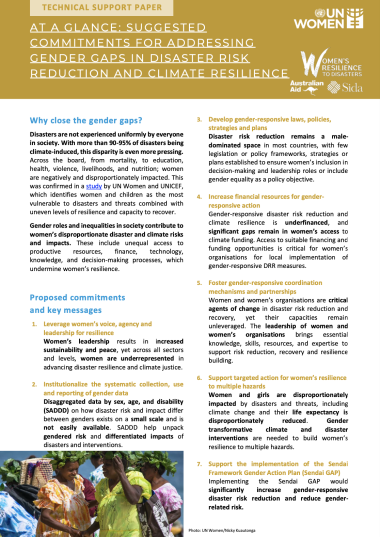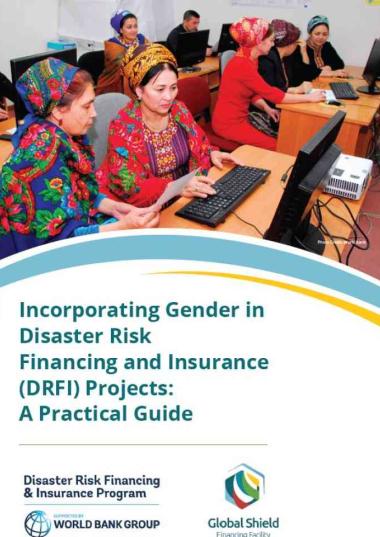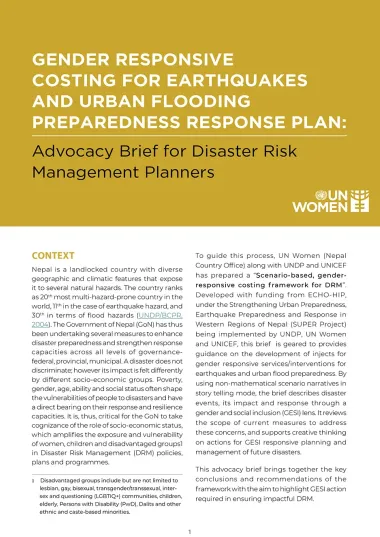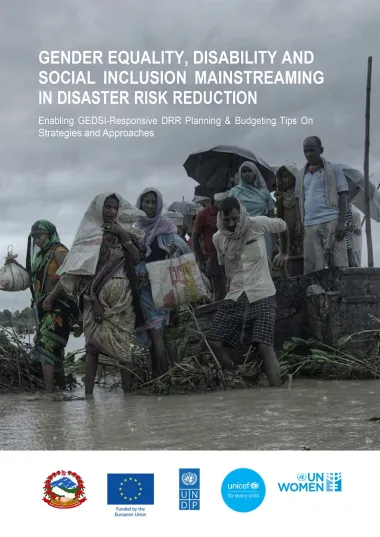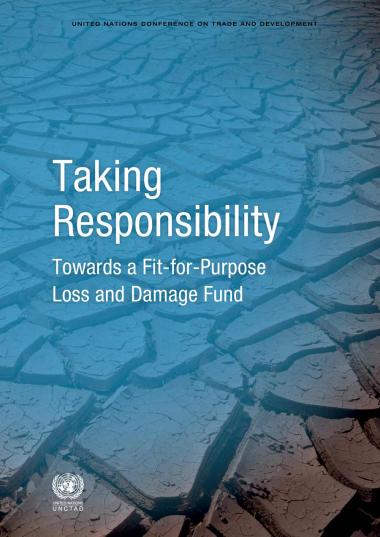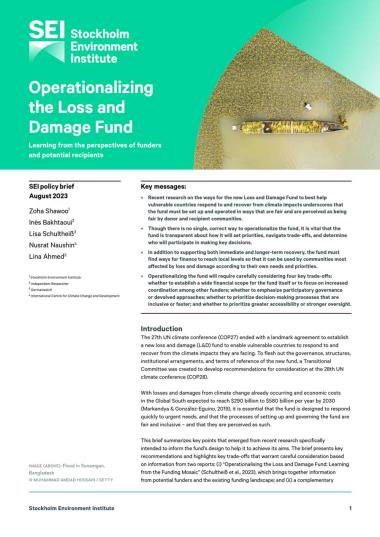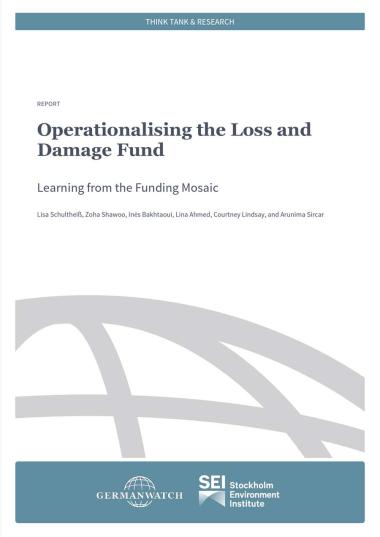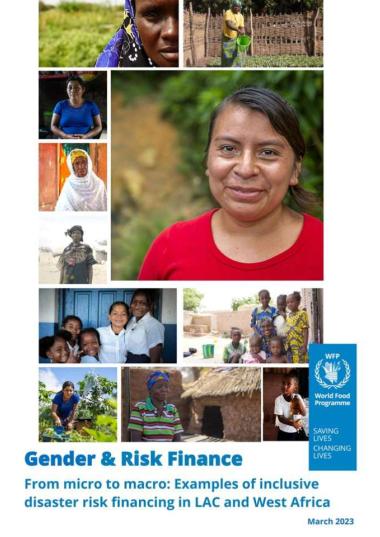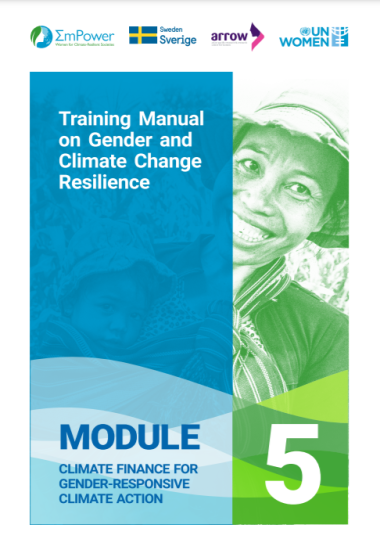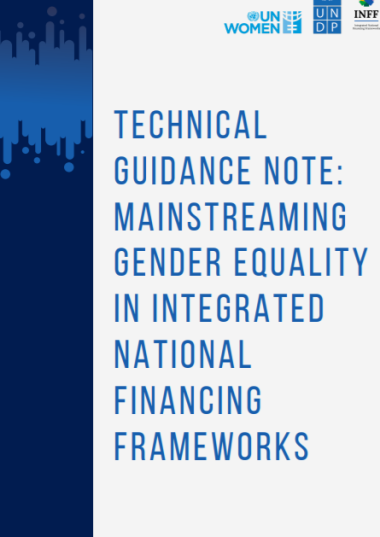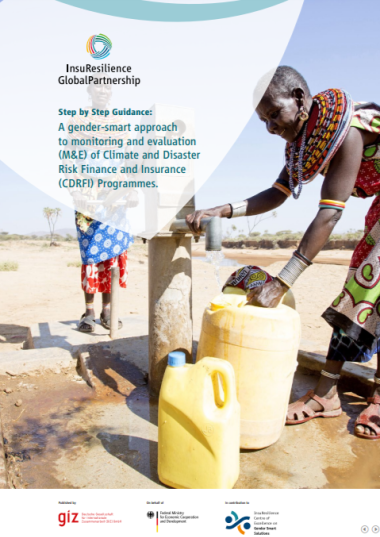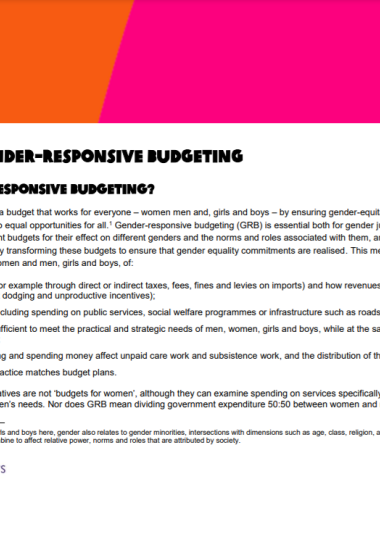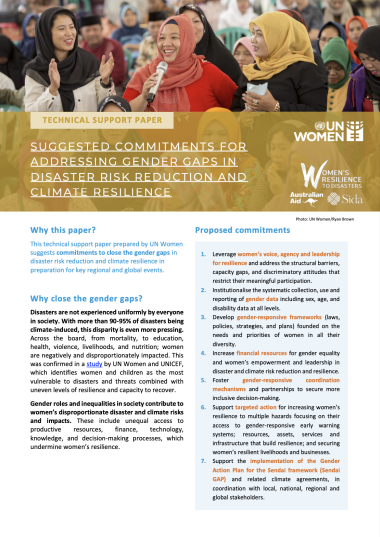
Budgets, expenditure & funding
Gender-responsive budgeting and expenditure frameworks alongside concrete investment are needed to address gender gaps in disaster risk reduction and climate change adaptation, ensuring more equitable and effective outcomes. This requires tools to assess the different needs and contributions of men and women within existing revenues, expenditures, and allocations; the involvement of women in designing investments projects; and adjustment of budget policy to benefit all groups and address gender bias, discrimination, and structural inequalities.
Predictable multi-year funding is also needed to facilitate gender-responsive and inclusive action with the full and meaningful participation and leadership of women. A gender-responsive budget caters for all needs and priorities by ensuring gender-equitable distribution of resources and by contributing to equal opportunities for all.
There are also significant gaps in women’s access to climate finance. Women are taking climate action at all levels, but their voice, agency, and participation are under-supported, under-resourced, under-valued and under-recognised. Only an estimated 0.01 percent of worldwide funding addresses both climate change and women’s rights. Despite the increasing recognition of the critical role of women and girls in preventing and reducing climate risks, very little funding globally is directed to gender equality and women’s climate action. In 2014, less than three percent of philanthropic environmental funding targeted women’s environmental action, and only two percent of all gender-responsive climate aid went to southern civil society organisations, representing USD 132 million.
Yet, evidence shows that gender-responsive finance is more effective. Without a gender lens, climate policy and funding frameworks will continue to increase discrimination and reduce effectiveness. To empower those left furthest behind, climate financing must be accessible to and support women’s grassroots organisations.
